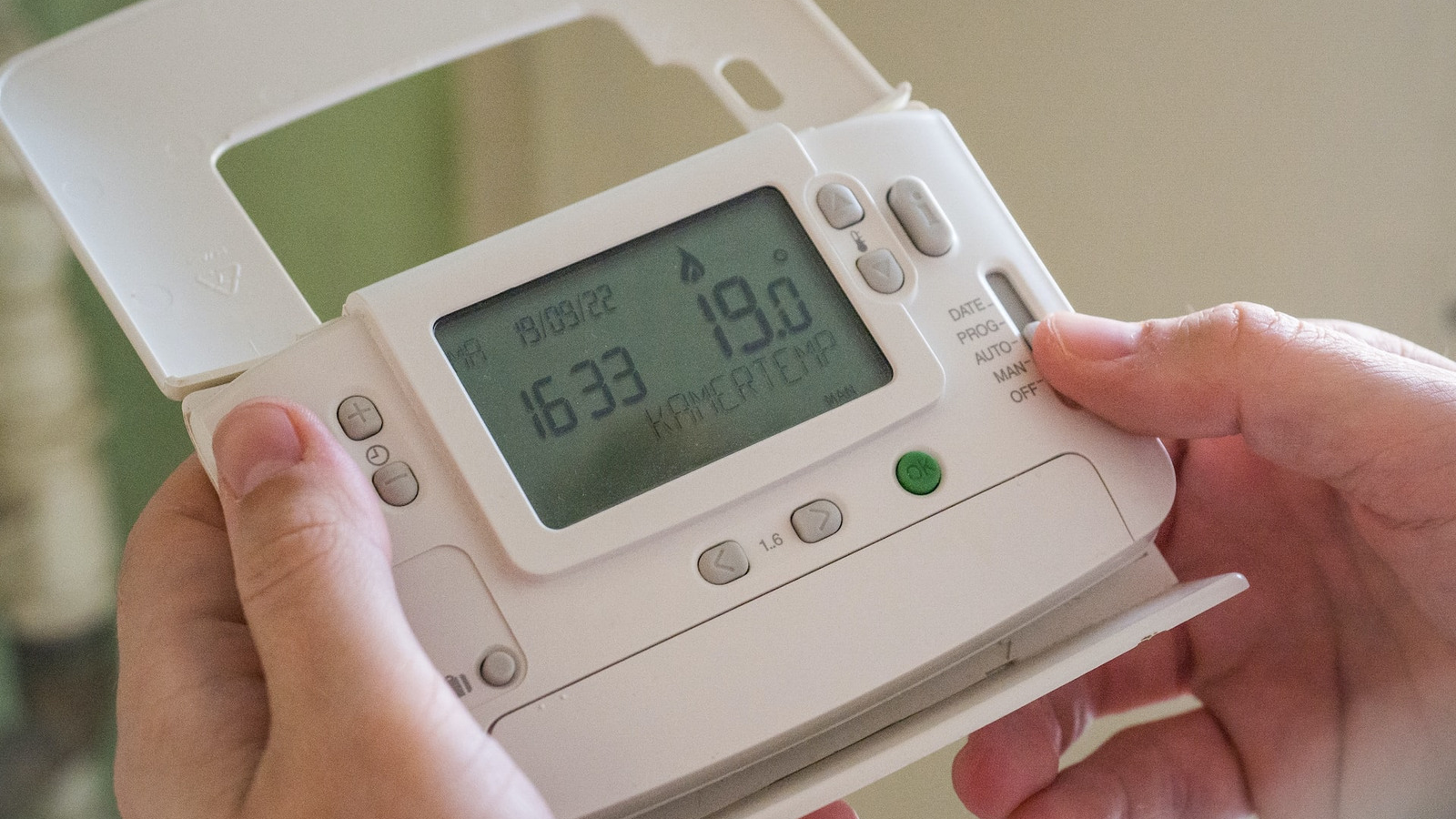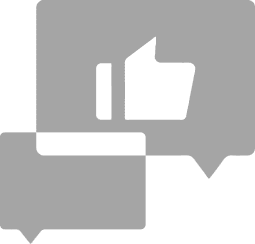Are you looking for a simple energy meter test you can do at home?
Faulty energy meters can be hard to spot, but that doesn’t mean you won’t feel their effects. Your energy meters measure your gas and electricity use at home. These readings are how your energy supplier calculates your bills.
If your meters are recording energy that you’re not using, you’re still paying for that gas and electricity. Making sure your meters are as accurate as possible means you can avoid overpaying. Luckily, there’s an easy energy meter test you can run in just a few minutes. We’ve outlined the steps below, as well as what to do if you do have a faulty energy meter.
Do I need to do an energy meter test?
It can be hard to notice that you need to run an energy meter test, but some things can alert you.
Make sure to read your energy bill thoroughly each month, and look out for sudden bill increases. While these may be caused by external factors like a change to the energy price cap, a sudden jump in your usage – particularly in the spring and summer – means a problem.
You might also notice an increase in your monthly usage while taking your meter readings. You should submit meter readings every month to keep your energy bills accurate, and being aware of your typical use also makes it much easier to spot if your meter is incorrect.
How to run an energy meter test
There are two simple tests you can perform on a standard energy meter to check they’re working properly. These are known as the Creep Test and the Load Test.
How to perform a Creep Test
- Turn off your home’s power at the fuse box
- Wait five minutes and then check your energy meter. If the reading on your meter is still increasing the meter is faulty. It will still need to be tested by your energy supplier.
- If the numbers don’t increase then it’s less likely there’s a fault with the meter itself. You should perform a load test to see if a particular appliance in your home is causing an increase in energy use.
How to perform a Load Test
- As you turn the appliances in your home back on, power them on one by one leaving 10-15 minutes between each device.
- Each time you turn an appliance back on, check the meter and see if one causes a large jump in energy use. If it does, it’s likely it’s this appliance that’s faulty rather than your meter.
Testing other types of energy meters
If you don’t have a standard credit meter, testing your energy meters will work slightly differently.
How to perform a smart energy meter test
It’s usually easier to tell when a smart meter is faulty compared to traditional credit meters. Smart meters give you real-time information about how much energy you’re using at any time. This makes performing a creep test and load test much simpler as you can immediately see the effect of turning off your power, and each device as you reconnect it.
You can also check your smart meter is working correctly in smart mode, sending up-to-date readings to your energy supplier automatically. To do this, use the Citizen Advice Service’s automatic checker on their website. With a few details about your meter, this automatic checker can determine if your meter is reporting properly.
How to test faulty pre-pay energy meters
You can test pre-payment meters using the same methods as a credit meter. The only difference is that you need to watch for the credit balance on your meter decreasing, rather than your usage increasing.
How to check if your gas meter is faulty
You can perform a creep test on your gas meter by turning off every gas-powered appliance in your home, including your boiler or heating system.
If your meter read increases with everything turned off, you might have a gas leak – report it immediately to the National Grid Gas Emergency line on 0800 111 999.
What should I do if I have faulty energy meters?
Your first step when you find a problem with your energy meters should be contacting your energy supplier directly. From the day you reach out, your supplier has 5 working days to update you. When they come back to you, they need to include details in their reply of what they’ve done to investigate the issue and how they’ll be repairing it, as well as an offer to confirm everything in writing.
If your supplier doesn’t do this within 5 working days then they’ll have to pay you £30 compensation per detail they failed to address. They must do this within 10 working days or pay you an extra £30.
However, be warned – if your supplier checks the meter and finds that it’s not faulty they may ask you to pay a fee to cover the investigation.
If you’re not happy with the results of your supplier’s investigation, or with their proposed solution, the next step is to make a formal complaint. If you and your supplier can’t resolve things through their complaint service, you can then escalate the issue to the energy ombudsman.
Read more about energy in the UK:













